In a free-wheeling interview, Ravi Kant, managing director Tata Motors, tells Satish John about the challenges and opportunities before the company.
Part I
For Ravi Kant, the year 2005-06 was significant in more ways than one. From heading the commercial vehicle segment of Tata Motors, the country’s largest CV maker, he took over as managing director of a company that only had strategic business unit heads for over a decade. In a free-wheeling interview, Ravi Kant tells Satish John about the challenges and opportunities before the company.
On 2005-06 for Tata Motors and the challenges ahead...
Things did not go well at the start. Last year, some problems of availability of components and certification issues cropped up. Though, it was sorted out by the end of the year, in some segments we could not catch up, especially in commercial vehicle segment. Thus, in those segments, we lost market shares. That was the only negative thing in an otherwise good year.
Overall, we increased market share. Tata Ace, the mini-truck is a phenomenal market success.
On passenger cars...
In passenger cars, we did quite well. By the end of the financial year 2005-06, our passenger car models improved market share across market segments.
On your focus in the coming years...
Our focus is on market share and to consolidate our position in the marketplace. Increasingly, competition is intensifying and new competition is emerging in the market.
How are you responding to this?
We are taking proactive steps. We need to go out and take the opportunities available in many geographies, especially in markets that are contiguous and similar to ours in terms of evolution, and the first signals are very encouraging. What we have been able to achieve in South Africa is a shining example.
Three years ago, we sold less than 10,000 vehicles. Last year, in South Africa alone, we sold 20,000, while our overall exports totalled 50,000 vehicles. Thus, the year was okay, in that sense.
You had mentioned before that these are difficult times...
Yes. We continued to have pressure on input prices. Prices are going up and it is putting pressure on our profitability. We are also seeing the hardening of interest rates. One of the key contributors to the good growth in the sector was lower interest rates. Thus, you’ll see that growth rates have been certainly declining. Three years ago, the growth was 25%, two years ago it was 15-16% and last year 7-8%.
Thus, growth rates have been declining over the years. It’s even more prominent for commercial vehicles where the growth was 32-33% three years ago, 14-15% the following year and last year, if we remove Tata Ace, the growth has been less than 1%. If you add Ace, it was 10%.
It can be ascribed to the cyclical nature of the CV industry. One can say there is cautious optimism and going forward, there are a lot uncertainties in the market place that’s coming up.
What are those uncertainties?
The whole thing about the stock market, its volatility. Though it’s more psychological, it’s also real. Real because a lot of our dealers and big customers have invested in the stock markets and this is going to impact them. Ultimately, this will impact their purchases. Then, there’s the uncertainty of the fuel prices, when will the price hikes kick in and how much will it be? All kinds of figures are being quoted in the newspapers.
Road development is going on, but I feel the pace could have been better. I think it’s a combination of all these things. In a broad sense all this is moving ahead and so we can only be cautiously optimistic.
What are the opportunities for companies such as Tata Motors...
It’s also the most critical period because there will be opportunities and the dilemma that companies face is that when those opportunities arise, there could be something to stymie it. In this country, there is no end to surprises.
So, that makes us cautious and exposes us to greater risks. In the automobile industry, we need to make investments upfront. It’s not that we take 25,000 employees and remove 10,000 later. We need to make investments in products four years in advance and we need to make investments in manufacturing four years in advance. The uncertainty can make companies not to go all out in full force in expansion and new investments. What happens if you get tripped? That question continues to bother us all the time.
To be continued...
Part II
![submenu-img]() House of the Dragon season 2 trailer: Rhaenyra wages an unwinnable war against Aegon, Dance of the Dragons begins
House of the Dragon season 2 trailer: Rhaenyra wages an unwinnable war against Aegon, Dance of the Dragons begins![submenu-img]() Panchayat season 3 trailer: Jitendra Kumar returns as sachiv, Neena, Raghubir get embroiled in new political tussle
Panchayat season 3 trailer: Jitendra Kumar returns as sachiv, Neena, Raghubir get embroiled in new political tussle![submenu-img]() Apple partners up with Google against unwanted tracker, users will be alerted if…
Apple partners up with Google against unwanted tracker, users will be alerted if…![submenu-img]() Meet actress whose debut film was superhit, got married at peak of career, was left heartbroken, quit acting due to..
Meet actress whose debut film was superhit, got married at peak of career, was left heartbroken, quit acting due to..![submenu-img]() Who is the real owner of Delhi's Connaught Place and who collects rent from here?
Who is the real owner of Delhi's Connaught Place and who collects rent from here?![submenu-img]() Meet man who is 47, aspires to crack UPSC, has taken 73 Prelims, 43 Mains, Vikas Divyakirti is his...
Meet man who is 47, aspires to crack UPSC, has taken 73 Prelims, 43 Mains, Vikas Divyakirti is his...![submenu-img]() IIT graduate gets job with Rs 100 crore salary package, fired within a year, he is now working as…
IIT graduate gets job with Rs 100 crore salary package, fired within a year, he is now working as…![submenu-img]() Goa Board SSC Result 2024: GBSHSE Class 10 results to be out today; check time, direct link here
Goa Board SSC Result 2024: GBSHSE Class 10 results to be out today; check time, direct link here![submenu-img]() CUET-UG 2024 scheduled for tomorrow postponed for Delhi centres; check new exam date here
CUET-UG 2024 scheduled for tomorrow postponed for Delhi centres; check new exam date here![submenu-img]() Meet man who lost eyesight at 8, bagged record-breaking job package at Microsoft, not from IIT, NIT, VIT, his salary is…
Meet man who lost eyesight at 8, bagged record-breaking job package at Microsoft, not from IIT, NIT, VIT, his salary is…![submenu-img]() DNA Verified: Is CAA an anti-Muslim law? Centre terms news report as 'misleading'
DNA Verified: Is CAA an anti-Muslim law? Centre terms news report as 'misleading'![submenu-img]() DNA Verified: Lok Sabha Elections 2024 to be held on April 19? Know truth behind viral message
DNA Verified: Lok Sabha Elections 2024 to be held on April 19? Know truth behind viral message![submenu-img]() DNA Verified: Modi govt giving students free laptops under 'One Student One Laptop' scheme? Know truth here
DNA Verified: Modi govt giving students free laptops under 'One Student One Laptop' scheme? Know truth here![submenu-img]() DNA Verified: Shah Rukh Khan denies reports of his role in release of India's naval officers from Qatar
DNA Verified: Shah Rukh Khan denies reports of his role in release of India's naval officers from Qatar![submenu-img]() DNA Verified: Is govt providing Rs 1.6 lakh benefit to girls under PM Ladli Laxmi Yojana? Know truth
DNA Verified: Is govt providing Rs 1.6 lakh benefit to girls under PM Ladli Laxmi Yojana? Know truth![submenu-img]() Ananya Panday stuns in unseen bikini pictures in first post amid breakup reports, fans call it 'Aditya Roy Kapur's loss'
Ananya Panday stuns in unseen bikini pictures in first post amid breakup reports, fans call it 'Aditya Roy Kapur's loss'![submenu-img]() Remember Harsh Lunia? Just Mohabbat child star, here's how former actor looks now, his wife is Bollywood's popular...
Remember Harsh Lunia? Just Mohabbat child star, here's how former actor looks now, his wife is Bollywood's popular...![submenu-img]() Mother's Day 2024: Bollywood supermoms who balance motherhood, acting, and run multi-crore businesses
Mother's Day 2024: Bollywood supermoms who balance motherhood, acting, and run multi-crore businesses![submenu-img]() Rocky Aur Rani's Golu aka Anjali Anand shocks fans with drastic weight loss without gym, says fitness secret is...
Rocky Aur Rani's Golu aka Anjali Anand shocks fans with drastic weight loss without gym, says fitness secret is...![submenu-img]() In pics: Ram Charan gets mobbed by fans during his visit to Pithapuram for ‘indirect campaign’ for uncle Pawan Kalyan
In pics: Ram Charan gets mobbed by fans during his visit to Pithapuram for ‘indirect campaign’ for uncle Pawan Kalyan![submenu-img]() Haryana Political Crisis: Will 3 independent MLAs support withdrawal impact the present Nayab Saini led-BJP government?
Haryana Political Crisis: Will 3 independent MLAs support withdrawal impact the present Nayab Saini led-BJP government?![submenu-img]() DNA Explainer: Why Harvey Weinstein's rape conviction was overturned, will beleaguered Hollywood mogul get out of jail?
DNA Explainer: Why Harvey Weinstein's rape conviction was overturned, will beleaguered Hollywood mogul get out of jail?![submenu-img]() What is inheritance tax?
What is inheritance tax?![submenu-img]() DNA Explainer: What is cloud seeding which is blamed for wreaking havoc in Dubai?
DNA Explainer: What is cloud seeding which is blamed for wreaking havoc in Dubai?![submenu-img]() DNA Explainer: What is Israel's Arrow-3 defence system used to intercept Iran's missile attack?
DNA Explainer: What is Israel's Arrow-3 defence system used to intercept Iran's missile attack?![submenu-img]() House of the Dragon season 2 trailer: Rhaenyra wages an unwinnable war against Aegon, Dance of the Dragons begins
House of the Dragon season 2 trailer: Rhaenyra wages an unwinnable war against Aegon, Dance of the Dragons begins![submenu-img]() Panchayat season 3 trailer: Jitendra Kumar returns as sachiv, Neena, Raghubir get embroiled in new political tussle
Panchayat season 3 trailer: Jitendra Kumar returns as sachiv, Neena, Raghubir get embroiled in new political tussle![submenu-img]() Meet actress whose debut film was superhit, got married at peak of career, was left heartbroken, quit acting due to..
Meet actress whose debut film was superhit, got married at peak of career, was left heartbroken, quit acting due to..![submenu-img]() 'Ek actress 9 log saath leke...': Farah Khan criticises entourage culture in Bollywood
'Ek actress 9 log saath leke...': Farah Khan criticises entourage culture in Bollywood![submenu-img]() Bollywood’s 1st multi-starrer had 8 stars, makers were told not to cast Kapoors; not Sholay, Nagin, Shaan, Jaani Dushman
Bollywood’s 1st multi-starrer had 8 stars, makers were told not to cast Kapoors; not Sholay, Nagin, Shaan, Jaani Dushman![submenu-img]() Who is the real owner of Delhi's Connaught Place and who collects rent from here?
Who is the real owner of Delhi's Connaught Place and who collects rent from here?![submenu-img]() Viral video: Chinese artist's flaming 'stairway to heaven' stuns internet, watch
Viral video: Chinese artist's flaming 'stairway to heaven' stuns internet, watch![submenu-img]() Video: White House plays 'Sare Jahan Se Achha Hindustan Hamara" at AANHPI heritage month celebration
Video: White House plays 'Sare Jahan Se Achha Hindustan Hamara" at AANHPI heritage month celebration![submenu-img]() Viral video: Bear rides motorcycle sidecar in Russia, internet is stunned
Viral video: Bear rides motorcycle sidecar in Russia, internet is stunned![submenu-img]() Driver caught on camera running over female toll plaza staff on Delhi-Meerut expressway, watch video
Driver caught on camera running over female toll plaza staff on Delhi-Meerut expressway, watch video

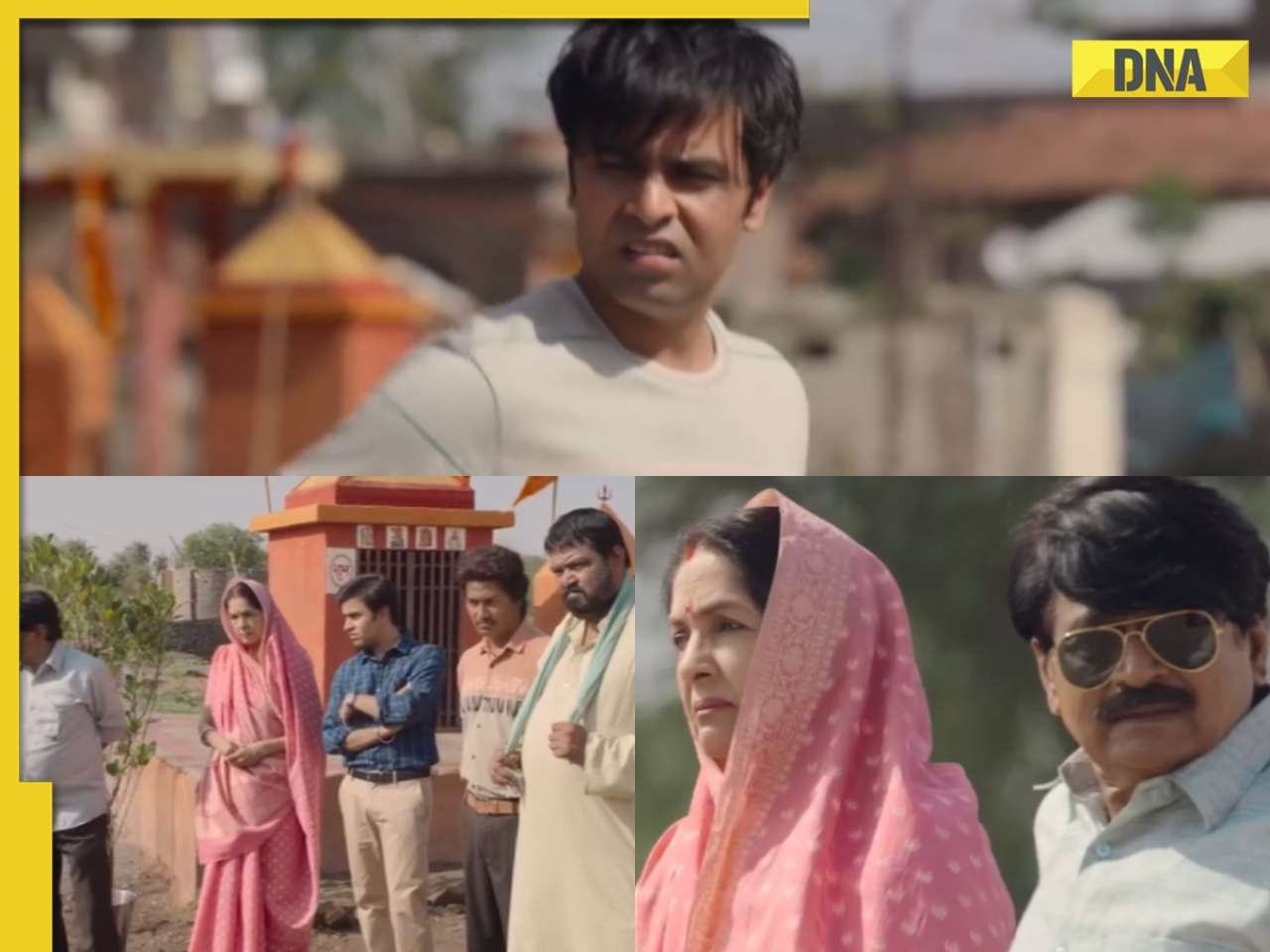




























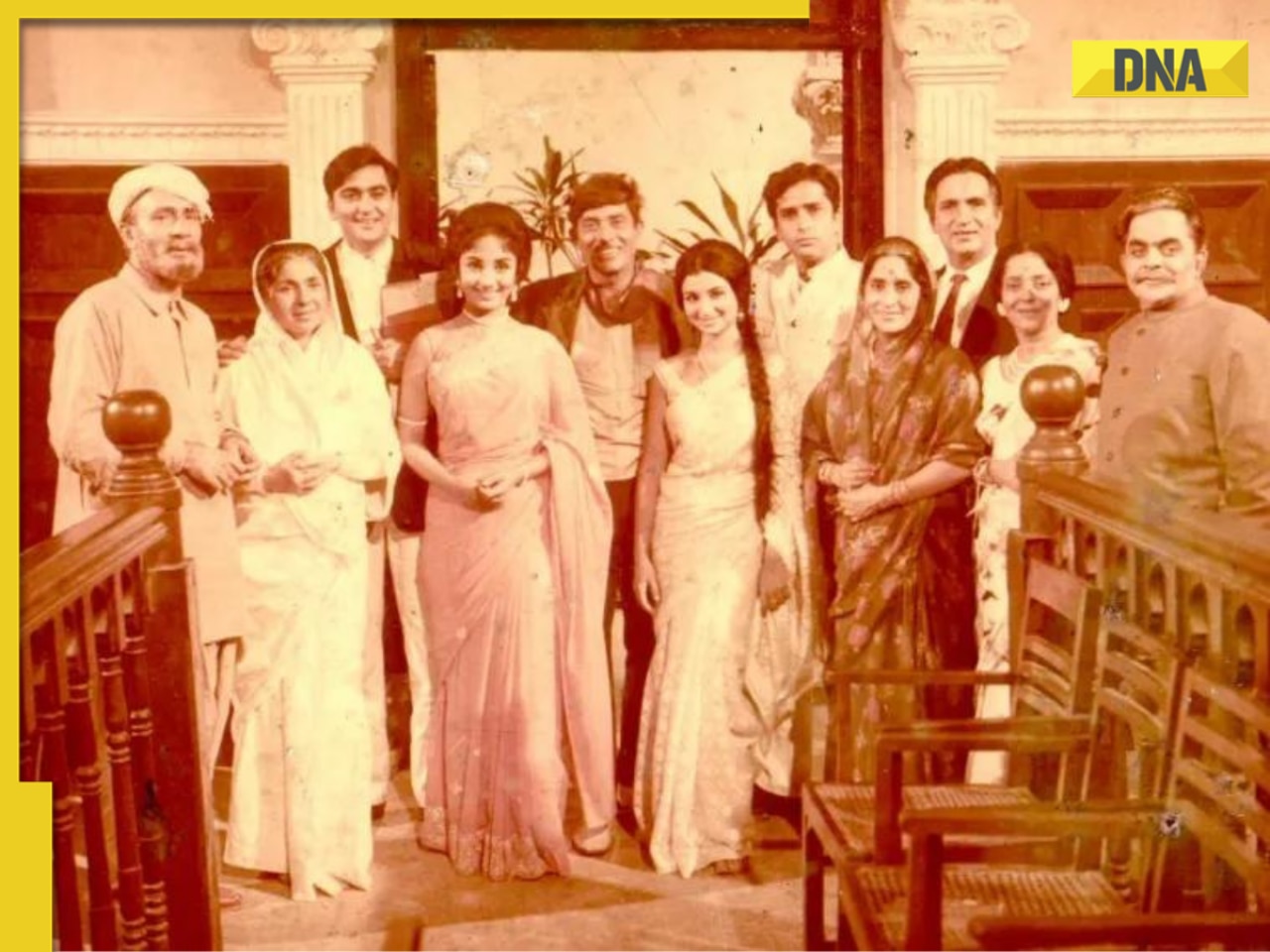
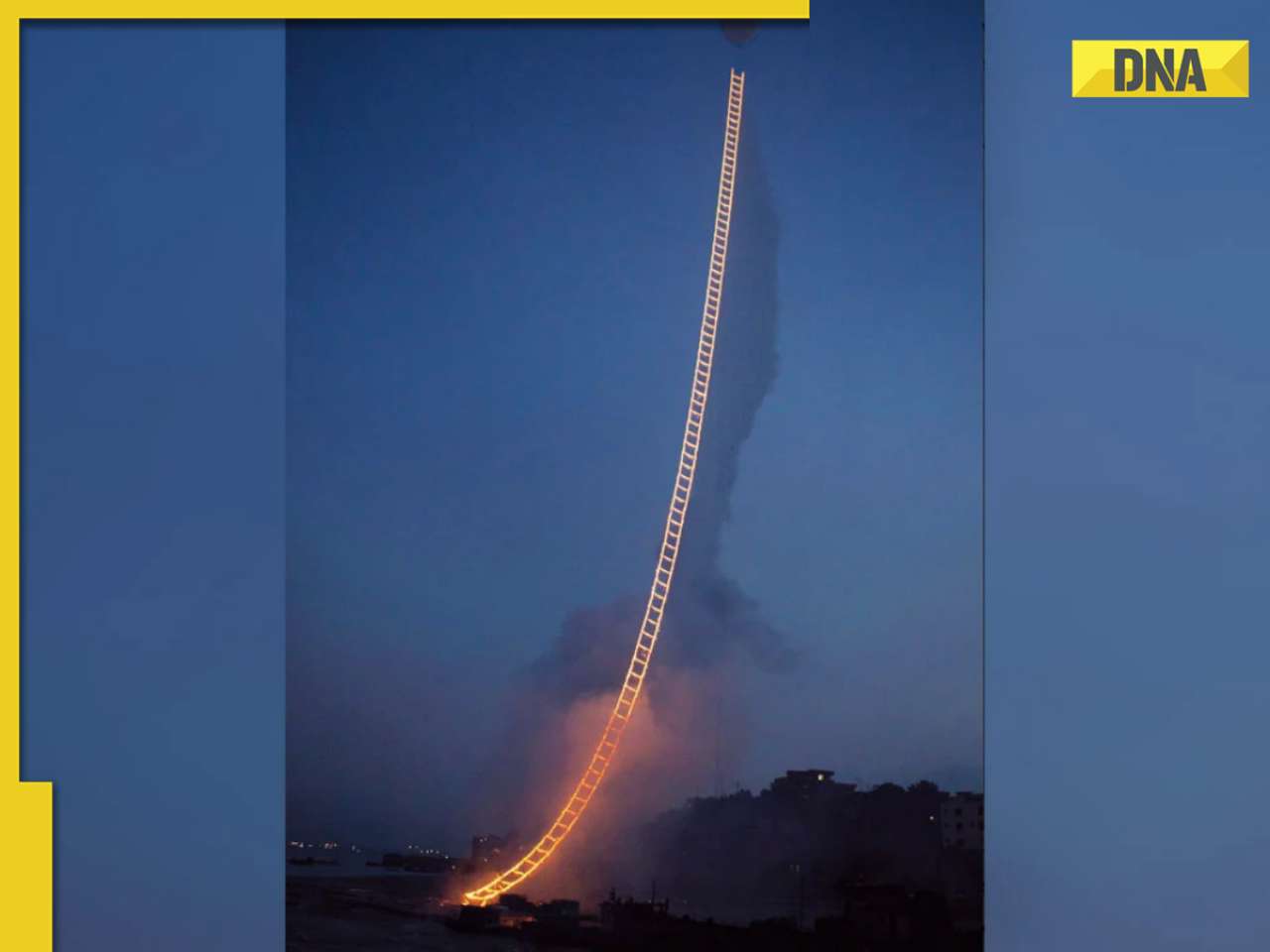




)








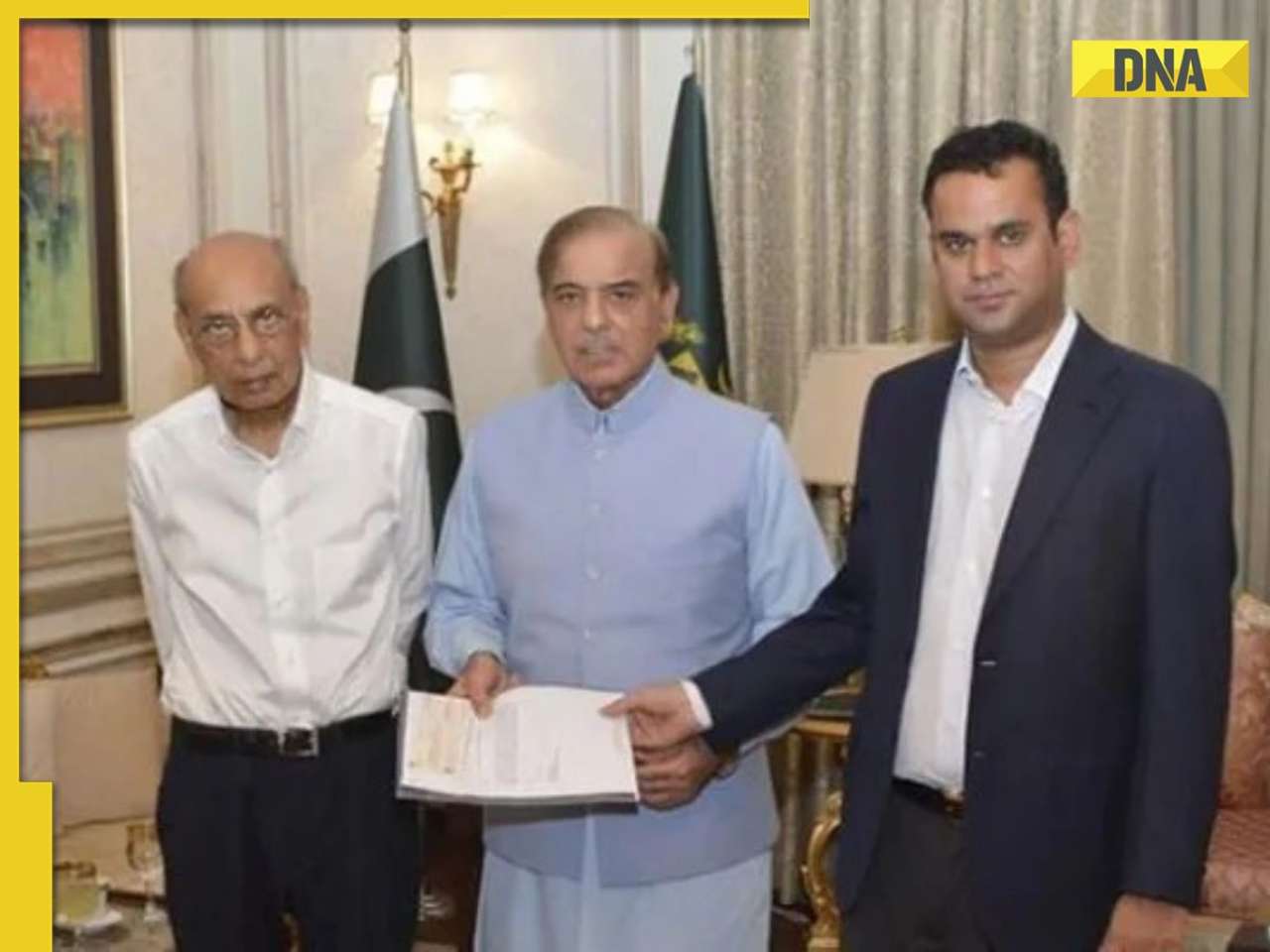
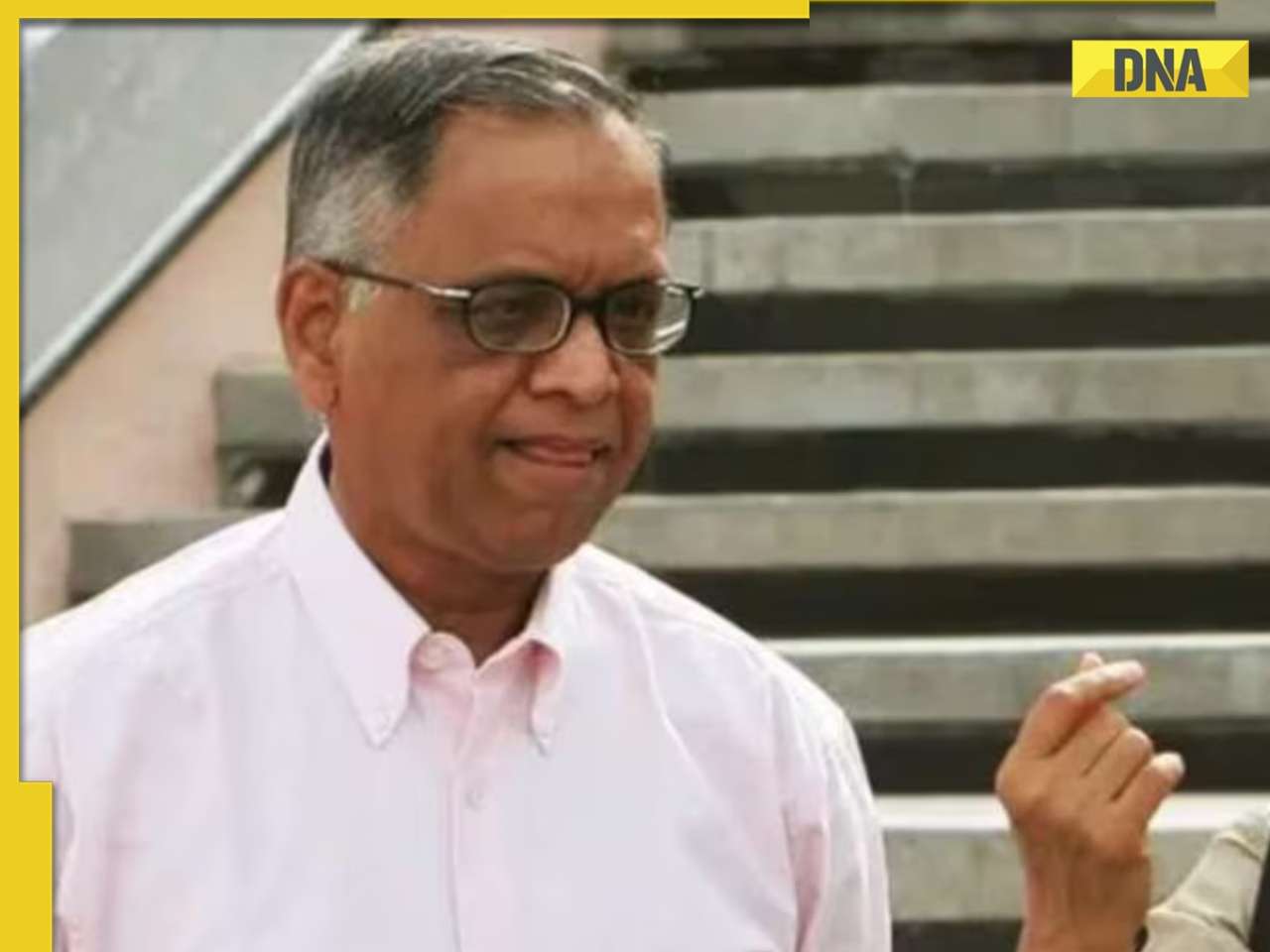







)
)
)
)
)
)